It’s only love ·
Mudhoney + Søwt @ Fléda, Brno, 19/09/2024
Di ritorno dal Kazakhstan, quel giorno ho preso un permesso dal lavoro per malessere e al concerto non sono andato ¯\_(ツ)_/¯.
Strain Rate et al. @ (Nová) Melodka, Brno, 21/10/2024
Vojta’s band is now a five-piece and is playing again at Melodka, this time in its new, cold labyrinthic venue in Královo Pole, which looks like the set of a slasher movie. The new singer has a better stage presence than the old one, and brings a claque of colleagues to support her them.
They have a messy start due to the sound technician’s abysmal work, then they find their groove as they go. Two new songs make their debut. I hear that the multiple folks are recording the session to make a videoclip, the keyboardist’s girlfriend wanting to play with AI or something.
The second act of the night is a “breakbeat-techno” duo from Havířov. I Röyksopp che ci possiamo permettere. Jsem jejích fanoušek č. 1.
Tolstoys @ Alterna, Brno, 06/11/2024
I Tolstoys non sono piú la stessa band di giuovinotti che ascoltavo in radio durante la pandemia: il tastierista e la violinista italo-slovacca hanno lasciato il gruppo, la cantante si è trasferita a studiare a Berlino dove ha conosciuto una chitarrista tedesca e un batterista neozelandese che fa loro da produttore (una telenovela di cui devo essermi perso qualche episodio). Nel frattempo hanno firmato un contratto discografico con Rough Trade e hanno suonato a Glastonbury (complimenti).

Sul palco dell’Alterna non ci sono tastiere né violini, stonerebbero con l’atmosfera da Summer of Love.
Il nuovo batterista esce dal camerino e va a sdraiarsi sul tappeto al centro, che really tied the room together
. La cantante arriva dal bar con un bicchiere di vinaccio rosso in mano e va a sedersi sul tappeto pure lei. Si uniscono l’ex-batterista (ora percussionista) e il bassista, e ultima la nuova chitarrista androgina, in un abbraccio circolare che fa un po’ terapia di gruppo e un po’ training autogeno. Ci sediamo anche noi, pubblico meno arcobaleno e meno giovane e meno numeroso di quanto mi aspettavo; poi ci fanno segno di alzarci, non siamo mica a teatro.
Ela Tolstová sfoggia un ipnotico décolleté e sfodera una potente voce che nei primi due dischi non si sentiva.
La musica dei Tolstoys è cambiata: il dream-pop liceale e il synth-pop venato di sensualità sono scomparsi, sostituiti da un mix di americana e blue-eyed soul con accenti psichedelici che sfocia – uh – in ritmi honky-tonk. Appunto, nessuna canzone dei primi due dischi viene suonata, neanche Tri mestá: la scaletta copre il terzo album No Limit to Love, da cui riconosco i singoli radiofonici Curious, Do You Remember e Real, e altre novità dal quarto album, che mi par di capire hanno finito di registrare in mattinata.
Verso la fine di una canzone ci chiedono di compiere un atto molto audace per gli standard di misantropia locale: prendere per mano coloro che abbiamo accanto, e ondeggiare le braccia insieme a tempo con la musica. In coda a Time in Space c’invitano in un dolce coro a sfumare che fa … with my baby, with my baby, with my baby
. Tender, anyone?
Katarzia (& Aid Kid) + Baron Haze @ Fléda, Brno, 19/11/2024
Alla porta del Fléda un cartello avvisa che il concerto sarà registrato da Česká televize. Nel locale ci sono appunto quattro o cinque telecamere, di cui una montata su un braccio telescopico; mi piazzo fra questa e il mixer. Sono arrivato volutamente puntuale – to je mi líto, Baron Haze – e Katarzia comincia puntuale alle 21.
Questa volta Katarína K. porta con sé un bassista, un batterista, un tastierista, un trombettista, e due coriste: la cantante del gruppo spalla, e un’altra che ha appena debuttato come solista. Sul maxi-schermo alle loro spalle sono proiettate immagini e luci suppostamente artistiche. Alle mie spalle resta acceso un faro che distrae.
La prima parte del set prende a pieni suoni dall’ultimo album Šťastné dieťa, con Samota mi nevadí riarrangiata per tutti gli strumenti a fare da strano intermezzo. L’esecuzione è perfetta ma fredda, televisiva. Il pubblico, tendente al femminile/queer, dal mio punto poco privilegiato di osservazione appare un po’ apatico; unica eccezione, il giovane che mi sta davanti e che balla come Tyres di Spaced.
Per la seconda parte del set scendono dal palco le coriste e sale Aid Kid (io pronuncio “Aid Kid” come Jerry Seinfeld pronuncia “Newman”). Qui la scaletta prende a pieni suoni dall’album precedente, N5: l’autistico mago dell’elettronica altera a piacimento la voce di Katarzia e volge la sobria atmosfera di stasera in quella di un fumoso club; ottimo l’affiatamento con il batterista analogico.
La terza parte vede nuovamente tutti in scena. Mi aspetto una sequenza dei pezzi piú famosi, che invece non arriva: ci sono una Lepidlo senza il flauto traverso, una Dosť che smuove il pubblico, e in chiusura una Milovať s hudbou in chiave funk. Michal come encore spuntato.
Sono curioso di vedere cosa ČT Art manderà in onda.

No, Bonsai non l’hanno suonata.
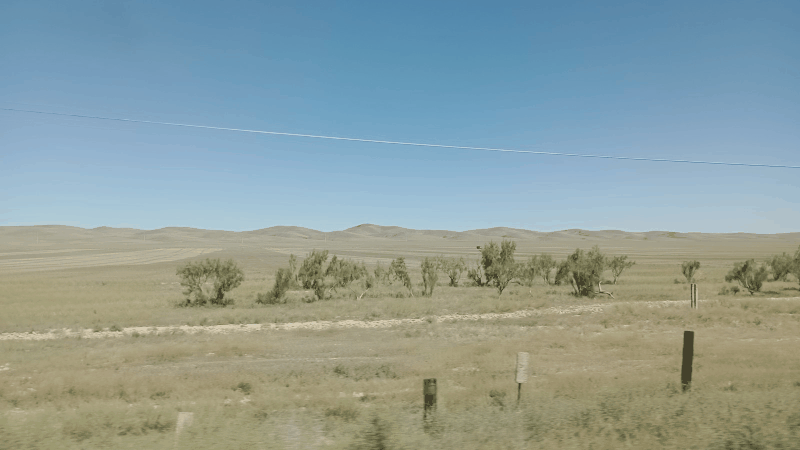









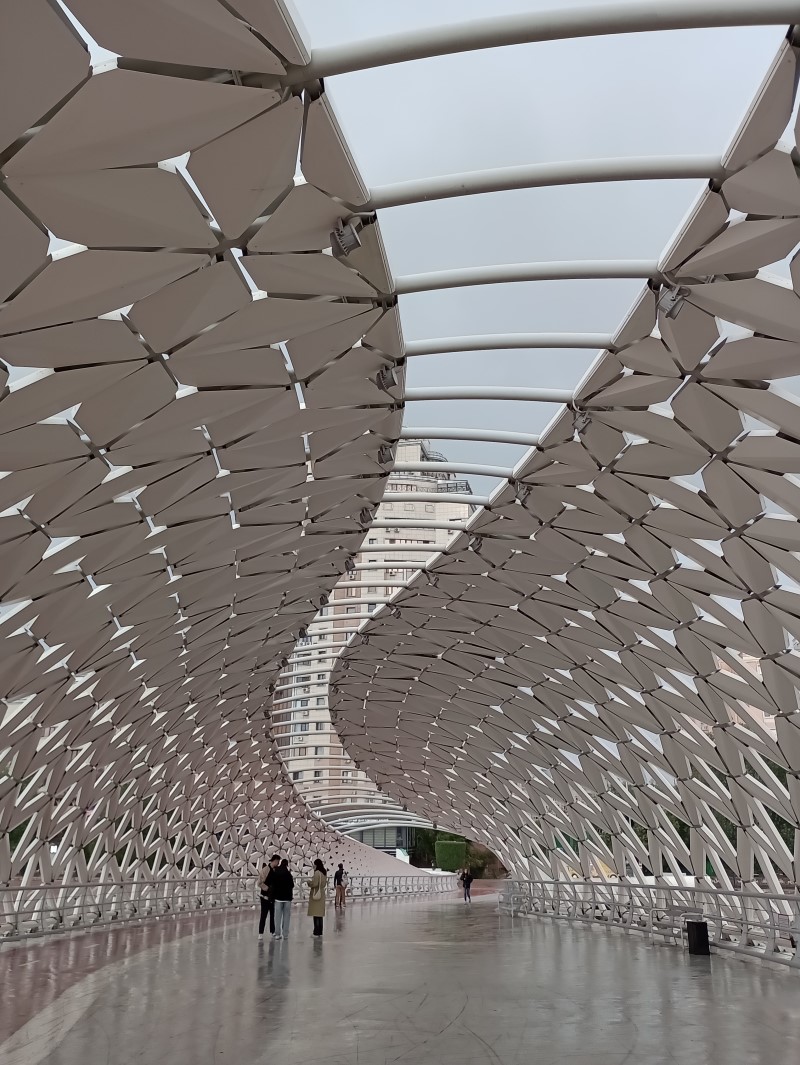






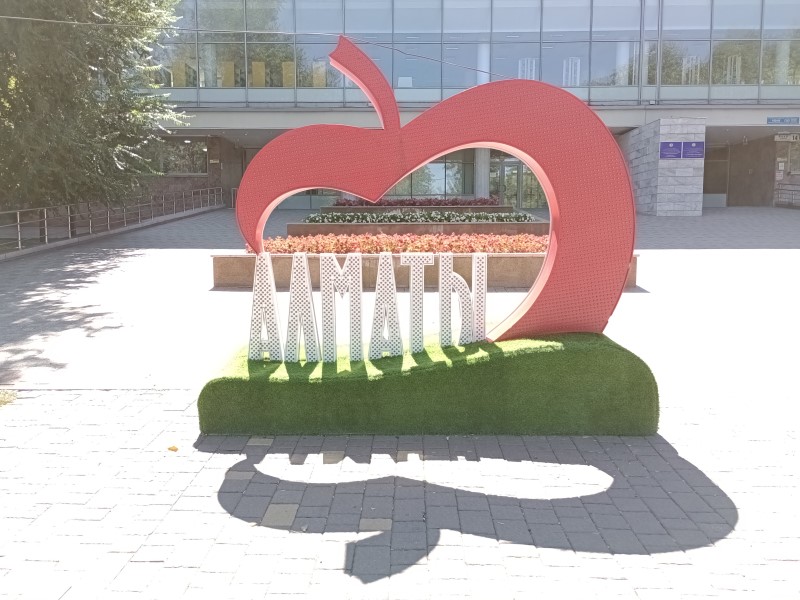
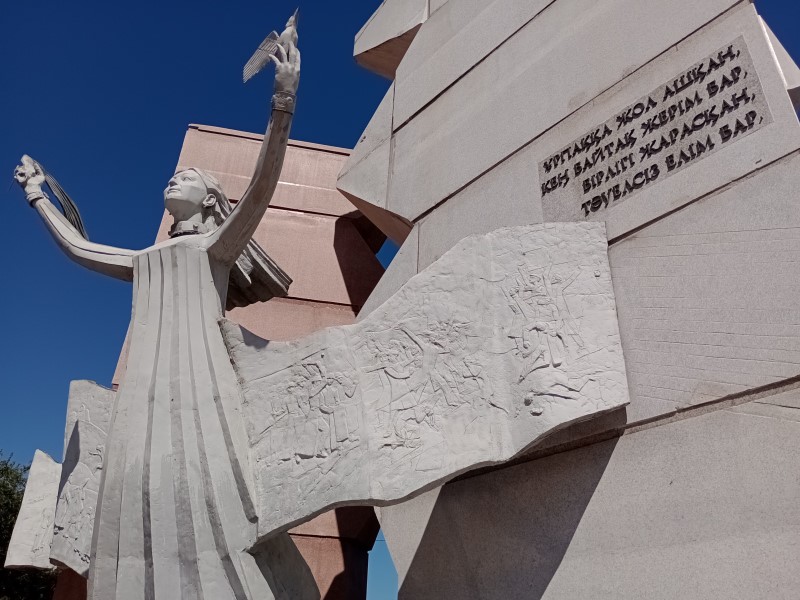










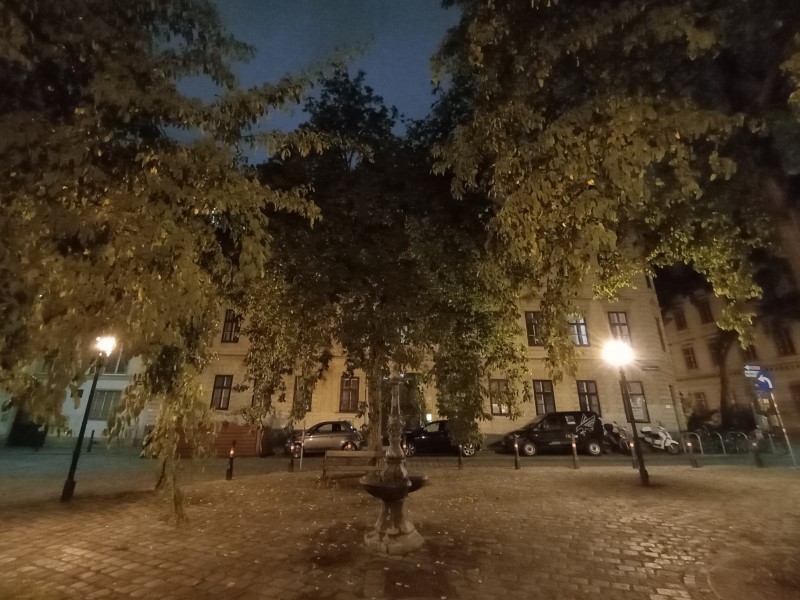

















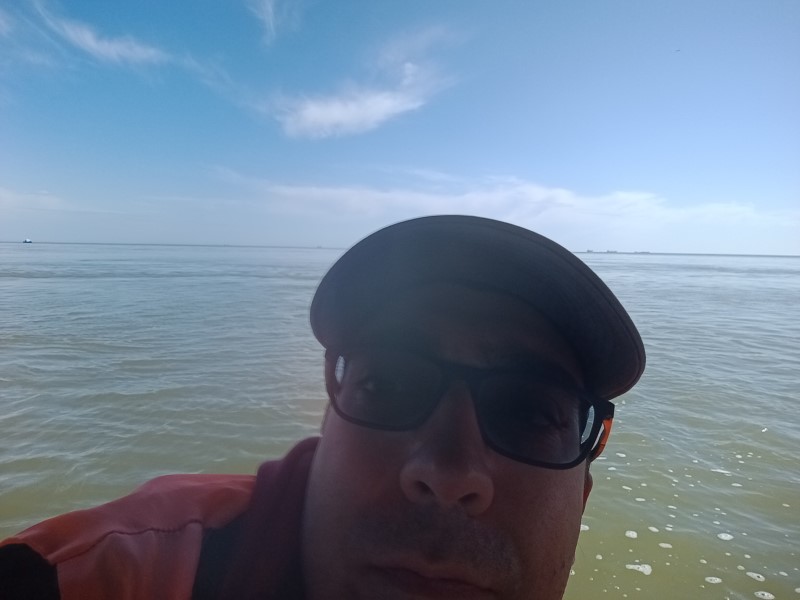








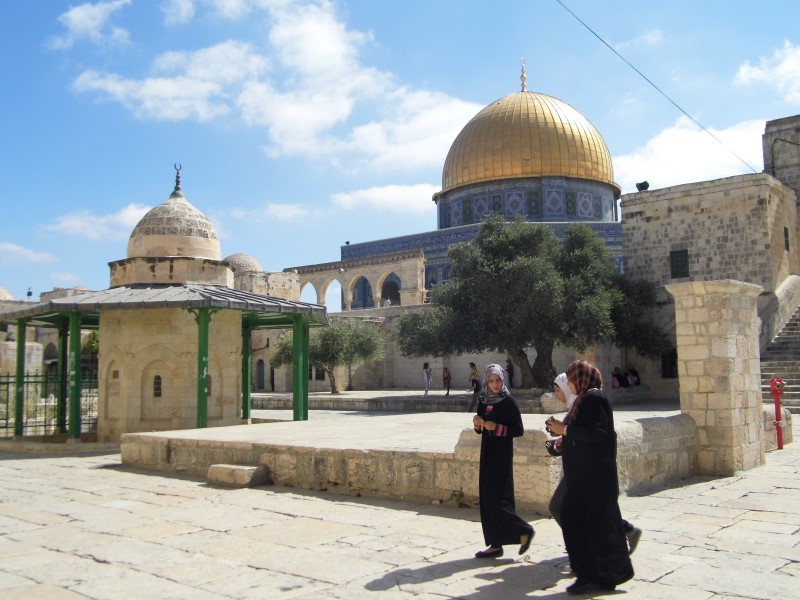
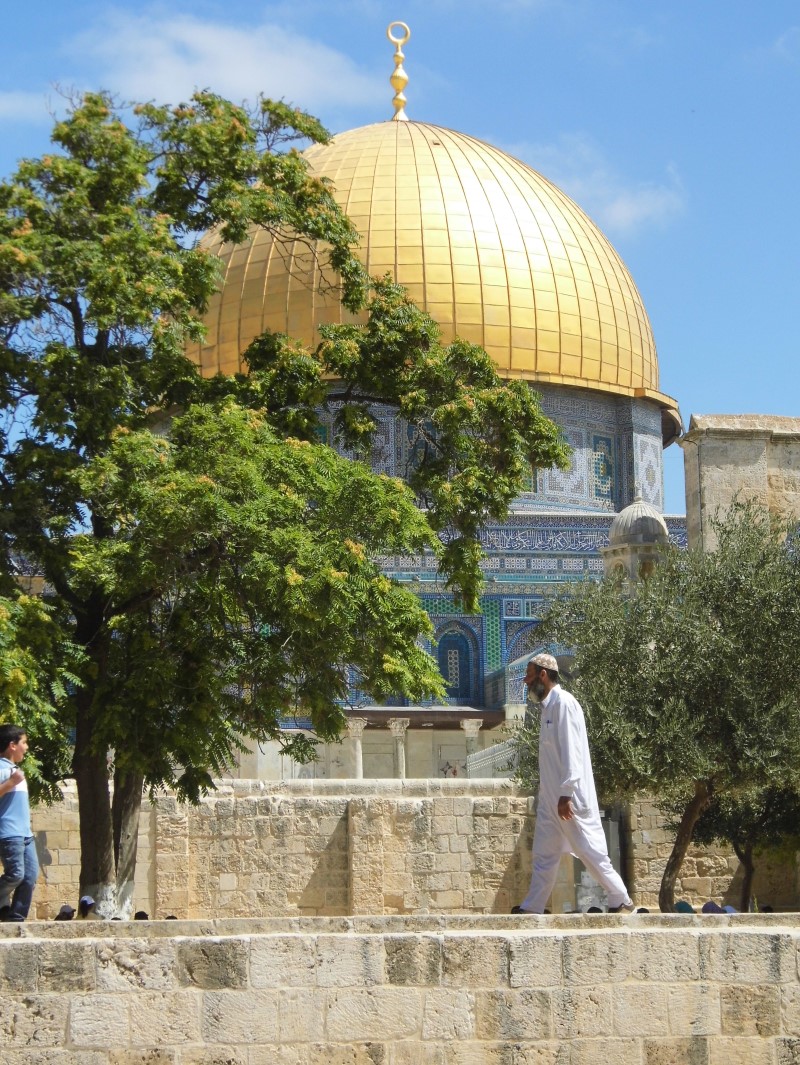
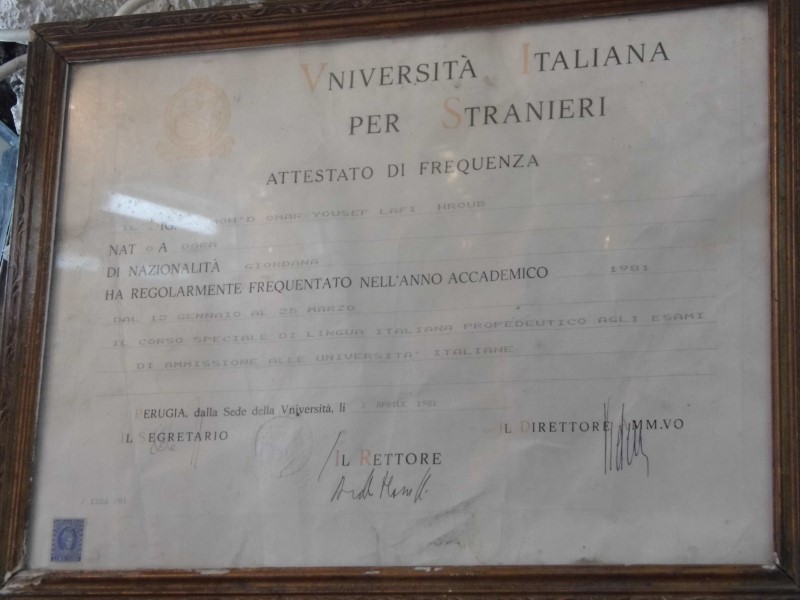
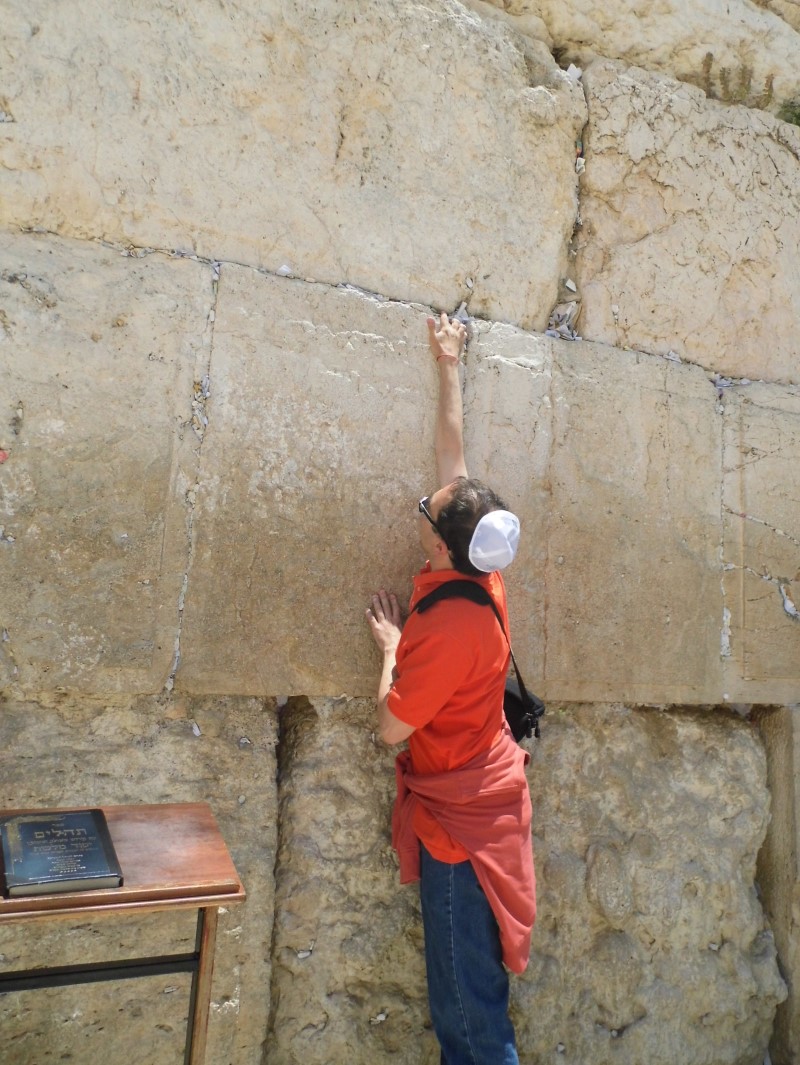
















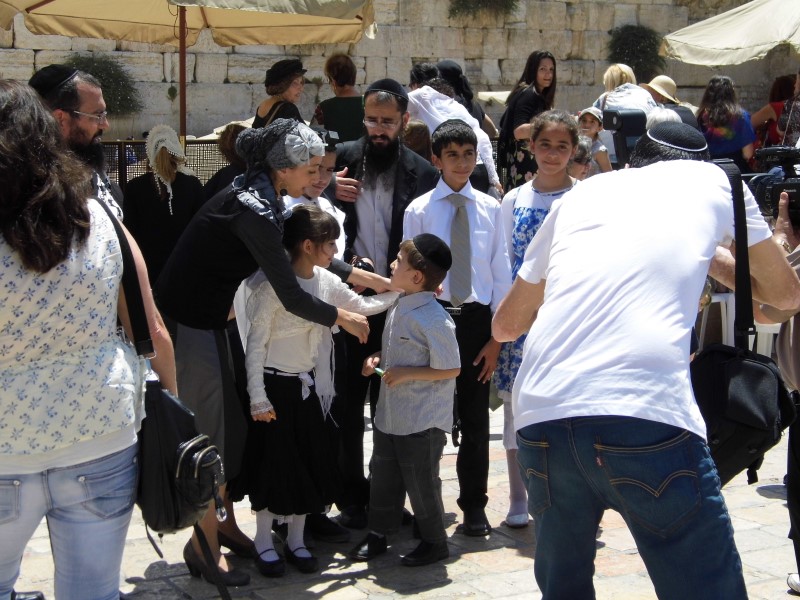





![Screenshot of the e-mail received on Thursday, 11 January 2024 at 00:41. «Hello there , I’m sorry I don’t speak Italian but I think this can be helpful. I was using the picture compressor tool you mentioned on your page here: massimiliano.farinetti.eu/blog/2020/ (sorry for the email in English, it's easier for me to read than write in Italian). While gimp.org does a good job, I just wanted to share about another tool, that I think looks better. After some exploring I found this other tool and I wanted to suggest you show it along that one. [url] This tools allows you to compress both jpeg and png files and each picture can be up to 50 MB in size! In hope I helped back, [signature]»](https://massimiliano.farinetti.eu/blog/2024/2024-01-14-spamemail-small.png)